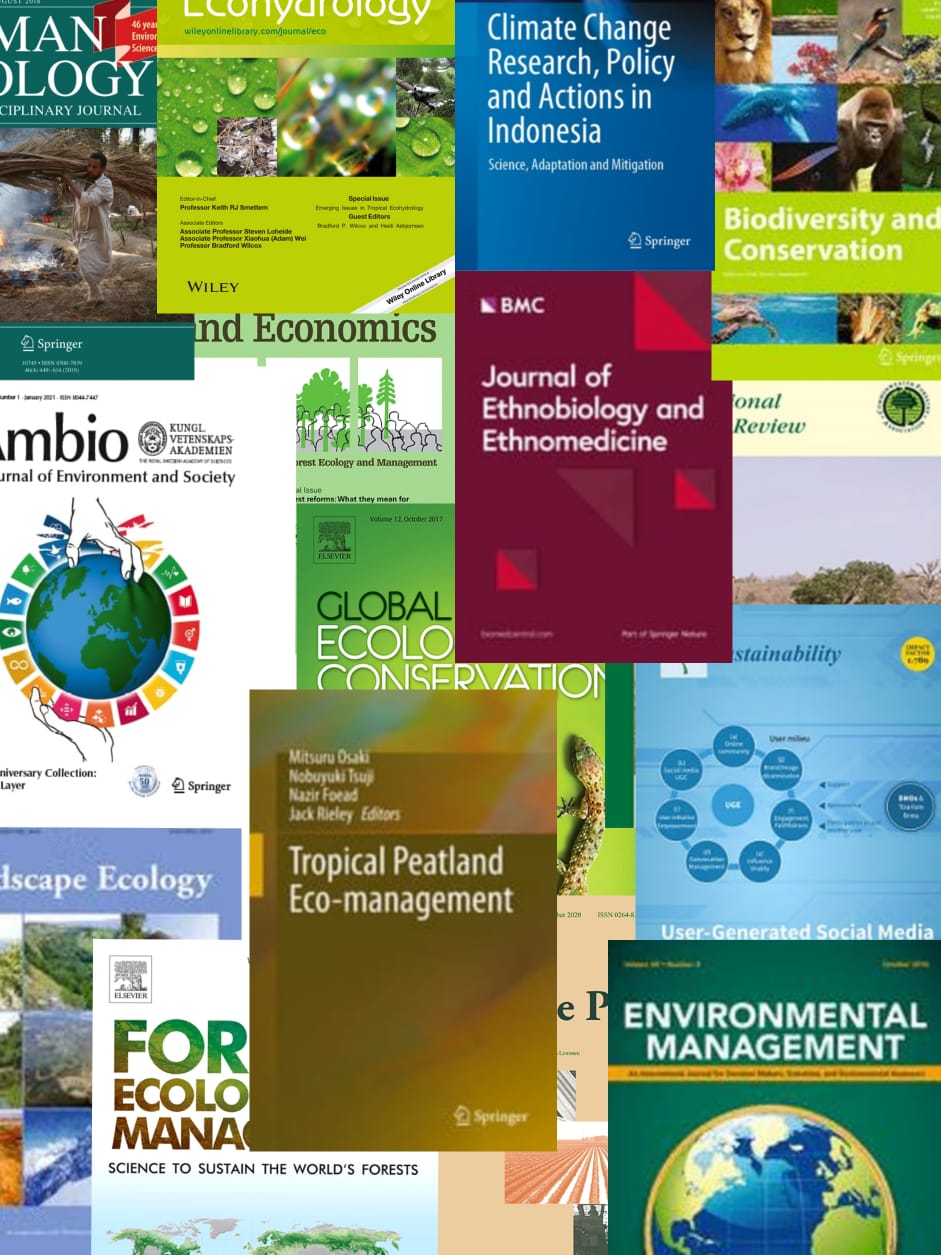Indonesia has committed to restoring degraded peatlands by revegetating them with paddy plants using paludiculture systems. Nanofertilizers derived from chitosan and oil palm biomass can be used to enhance paddy growth. This study analyzed the potential growth media of chitosan nanocomposite films for paddy seeds grown in tropical peatland. Chitosan nanocomposites were synthesized by reinforcing chitosan with activated carbon nanoparticles (ACNPs), nonactivated carbon nanoparticles (n-ACNPs), and lignocellulose nanofibers (LCNFs). All carbon nanoparticles were reversibly aggregated, whereas LCNFs did not have a tendency to aggregate but were entangled. The highest specific surface area and pore volume are on EFB ACNPs, followed by OPT LCNFs and EFB n-ACNPs. Both nanocomposites' tensile strength and elastic modulus value were reduced with an average of 45.77% and 34.00%, respectively, because of the lack of nano- and micro-aggregates formation, good dispersion, and incompatibility. In a germination test, chitosan nanocomposites provided the best growth patterns for the Dendang paddy variety, whereas, in a greenhouse test, the nanocomposites had the best growth patterns for the Indragiri paddy variety. Chitosan/empty fruit bunch ACNP nanocomposites grown in a germinator had the highest growth normality (100.00%), highest maximum growth potential (100.00%), and highest height average (11.27 cm). In the greenhouse test, chitosan/oil palm trunk n-ACNPs achieved the highest growth natality (16.44%) and growth rate (65.74%). All chitosan nanocomposites had a synergetic biofertilizing effect on fungi and mycorrhiza. Chitosan nanocomposites can be used as a growth regulator for peatland paddy varieties and can accelerate peatland restoration in tropical areas.
View source

